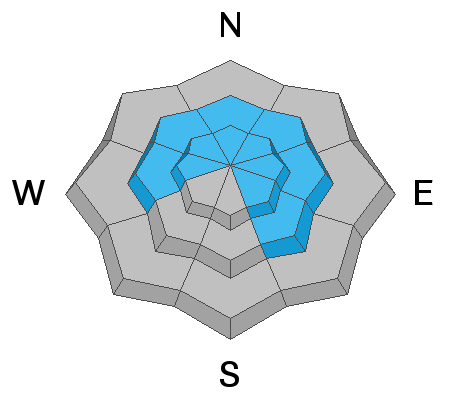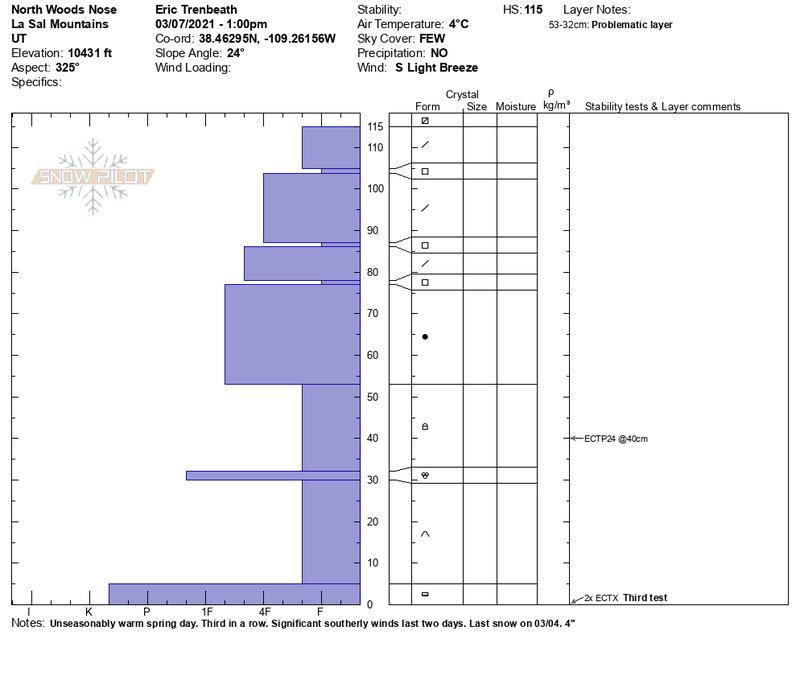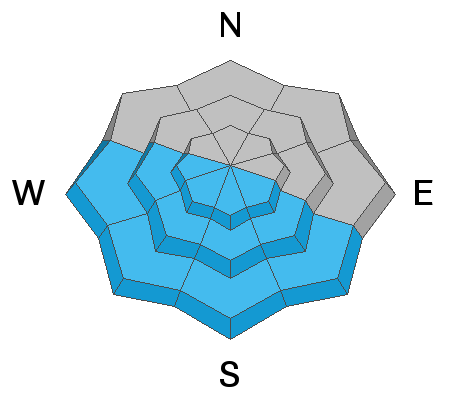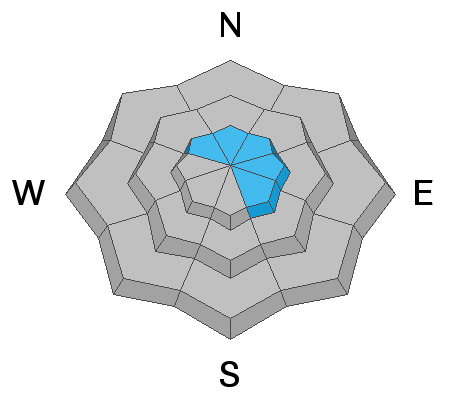Forecast for the Moab Area Mountains

Issued by Eric Trenbeath on
Monday morning, March 8, 2021
Monday morning, March 8, 2021
The avalanche danger remains MODERATE today with several potential problems.
- Persistent Weak Layer Deep and dangerous human-triggered avalanches failing on a layer of sugary, faceted snow remain possible primarily on steep slopes near and above treeline that face NW-N-E-SE. This is becoming a low probability/high consequence situation. Shallow areas along slope margins and near rock outcroppings or sparse trees are potential trigger points.
- Wet Snow As the day heats up sun-exposed slopes will become wet, sloppy, and susceptible to avalanches. Signs of instability include roller balls, pinwheels, and small point release sluffs. Stay off of and out from under steep slopes when these signs are present.
- Wind Drifts Isolated, unstable wind drifts may exist on the leeward signs of ridge crests and terrain features in upper elevation, wind exposed terrain. Avoid steep wind drifted slopes.
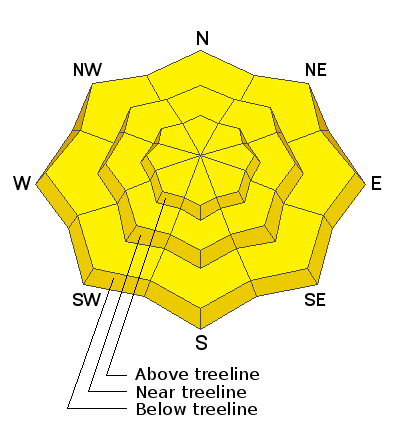
Low
Moderate
Considerable
High
Extreme
Learn how to read the forecast here


